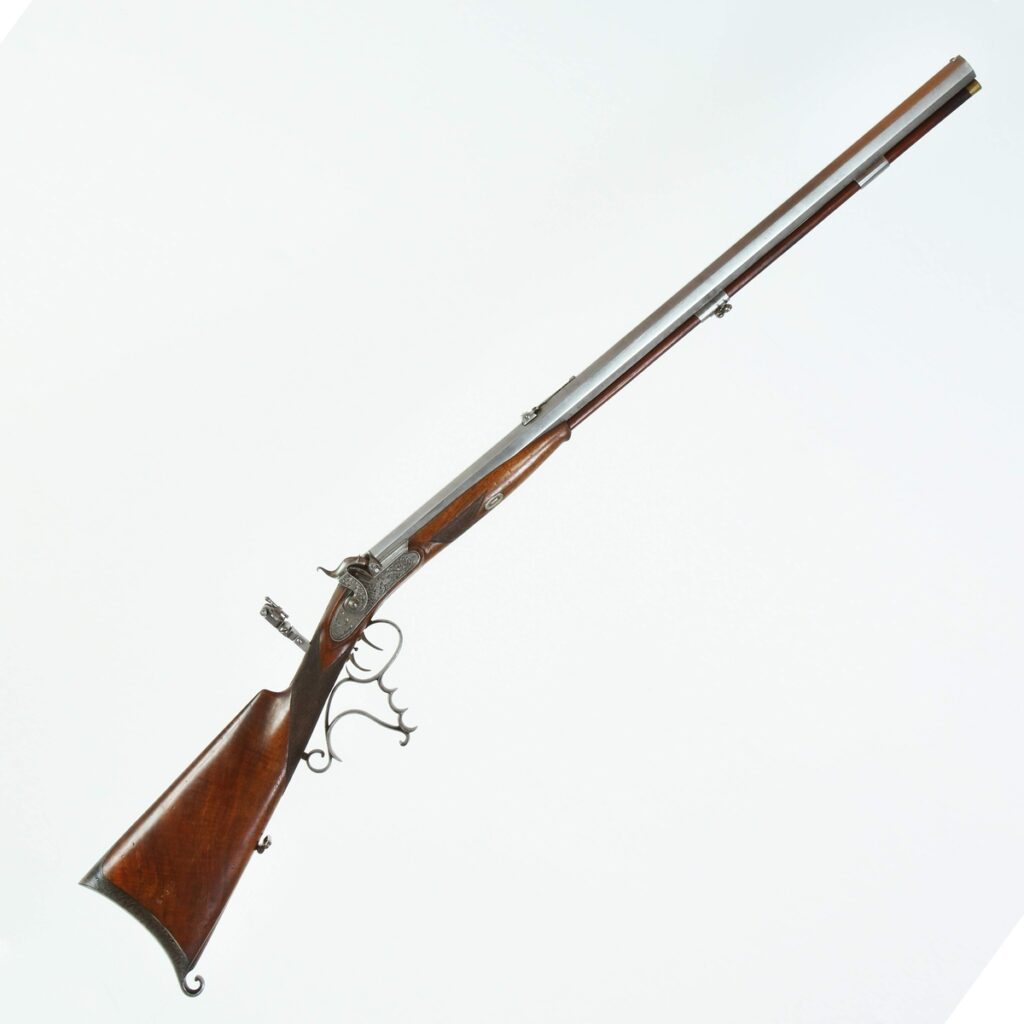
06 Percussion Target Rifle, c. 1840
Fotogalerie
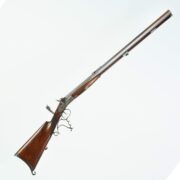
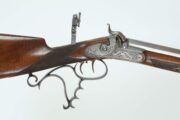

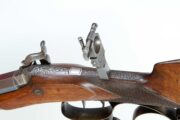
Shooting as a sporting discipline has a very wide and long tradition. Already in the early period of firearms, shooters had to prepare for their activity, improve and practice their aim. Until the spread of civilian firearms, conventional combat weapons were used for marksmanship training. After the construction of the first locking mechanisms, barrels that could be fitted with sights and special rifles, designed exclusively for target shooting, began to appear.
In the 16th century, the sights were improved and the leaf and tube sights appeared, which was most suitable for shooting at a fixed point when the shooter did not need to perceive the wider surroundings of the target, as was the case when hunting. From the 16th century onwards, the hair-trigger has been known – a device that reduces the resistance of the trigger to a tiny fraction, speeding up the firing of the weapon and limiting the possibility of the shot being pulled off at the moment of firing. From the 16th to the beginning of the 19th century, the typical target rifle was a rifle with a wheellock, later with a flintlock, equipped with a diopter and a hair-trigger. Sport shooting was widespread at that time. Shooting competitions were organised by rulers and nobility alike, but above all, this pastime and sport were linked to the life in towns.
This target rifle from the workshop of the most famous Czech rifle maker of the 19th century, Antonín Vincenc Lebeda (1798–1857), has a thick octagonal barrel with eight grooves. The barrel is signed on the top by its maker “A: V: Lebeda in Prag.”. The percussion lock has all parts decorated with an engraved foliate ornament, bearing the signature “Lebeda a Prague” engraved in the centre in a ribbon. The target rifle is half-stock, the walnut stock is roughened with herringbone on the neck and forearm, and at the end of the cheekpiece, we can see a carving of a leaf ornament. The trigger guard has finger rests and the trigger is equipped with a hair-trigger. An adjustable diopter is attached to the neck of the stock.
Length 1,150 mm, barrel length 745 mm, 14 mm calibre, weight 4,616 mm.
Aktuálně
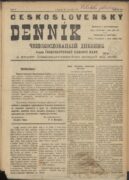
Československý deník sehrál v životě legionářů v Rusku velmi důležitou roli. Poprvé vyšel v prosinci 1917

Děkujeme za podporu pro válečné veterány. Sbírka DiGiMÁK vynesla 450 tisíc korun
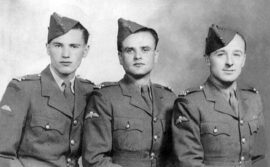
Tak trochu zamrzlé spojení
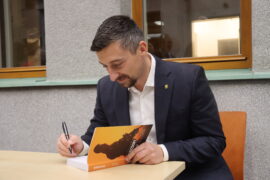
Válečný veterán Petr Matouš pokřtil v Armádním muzeu Žižkov svou knihu. Patronkou je i ministryně obrany Jana Černochová








